Lady’s Smock
With its beautiful cruciforme flowers this plant belongs to the Brassica family and tastes of English mustard or wasabi.
| Hedgerow Type | |
| Common Names | Lady’s Smock, Cuckoo Flower |
| Scientific Name | Cardamine pratensis |
| Season Start | Jan |
| Season End | Dec |
Leaves
It has pinnate, compound leaves (leaves opposite each other on a stem with one terminal leaf at the end) which are thin when growing from the flower stem.
Basal Leaves
The basal leaves can usually be found year round and are much rounder than the flower stem leaves but are still compound.
Flowers
A beautiful crown of very pail pink/purple or sometimes white cruciforme flowers (four petals in a cross shape) growing in a ring at the top of the flower stem. The flowers droop and close at night or during heavy rain.
Possible Confusion
Before flowering it could be confused with some of the other Cardamines or cress family members but these are all edible.
Taste
The leaves taste of hot mustard or wasabi, the flowers faintly of cress with sweet and hot hints.
Frequency
Common in Spring.
Collecting
The leaves can be a bit small and fiddly to collect so take just a couple of flowers from each plant to add to a salad or dig around for the basal leaves.
The basal leaves can usually be found year round and before flowering can be in numbers worth collecting.
Medicinal Uses
A tea made with the leaves of this plant was often used in the past as a Spring tonic or for menstrual disorders, especially to treat heavy periods.
Other Facts
Its common name Cuckoo Flower refers to the arrival of the flowers at the same time as the cuckoo begins to sing.



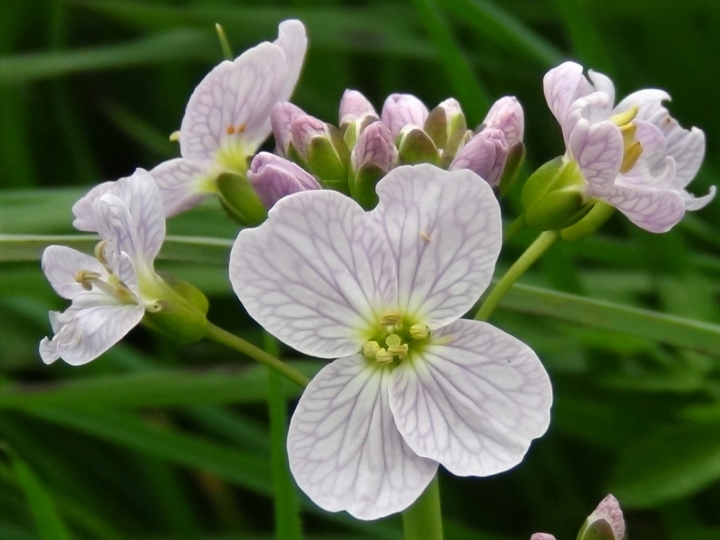















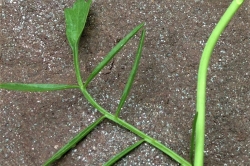
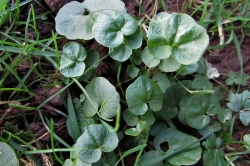
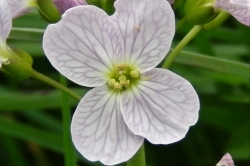
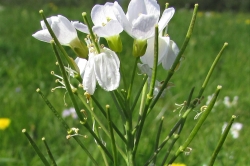
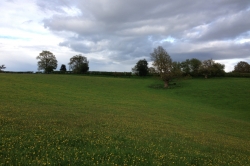






14 comments for Lady’s Smock
Can you answer this question?
Why are Lady’s Smock called Lady’s Smock?
No-one seems to know for sure, the most common theory is that a field of them was said to resemble women in farming ‘smocks’ working in the fields.
Is there another species like this currently in flower but with bulbils?
Not sure what you mean by bulbils but they do grow seed pods with fiery mustard tasting seeds.
Coralroot, Cardamine bulbifera flowers April-May and has brown bulbils in axils. This is a scare plant which grows in undisturbed woodland on cancerous or sandy soils.
If the flowers are white is this a native ?
Native flowers can be white to pink to almost purple sometimes.
If we do or don’t do it, someone will laugh
My father use to talk about a meadow plant him and his brother’s use to eat (the young leaves raw) as they walked through the field. He described it had a savory flavor like salad dressing. He said it wasn’t particularly nice but sort of addictive. This was in County Longford, Ireland in the 1970s, so marshy meadows used for grazing cattle. They knew the plant as Cuckoo Charlie. I’m wondering if this could be it or something similar?
One of it’s old common names in Ireland is Cuckoo Charlie.
Is cuckcoo or lady smock flower related to Thale cress
They are not closely related but are both in the Brassica family.
How do you grow ladies Smock ?
The easiest way would be to wait for the seed pods to mature and collect them in a paper bag, the pods will split while drying. Save these until next spring before planting or simply scatter them where you want them to grow and wait for them to emerge next spring.